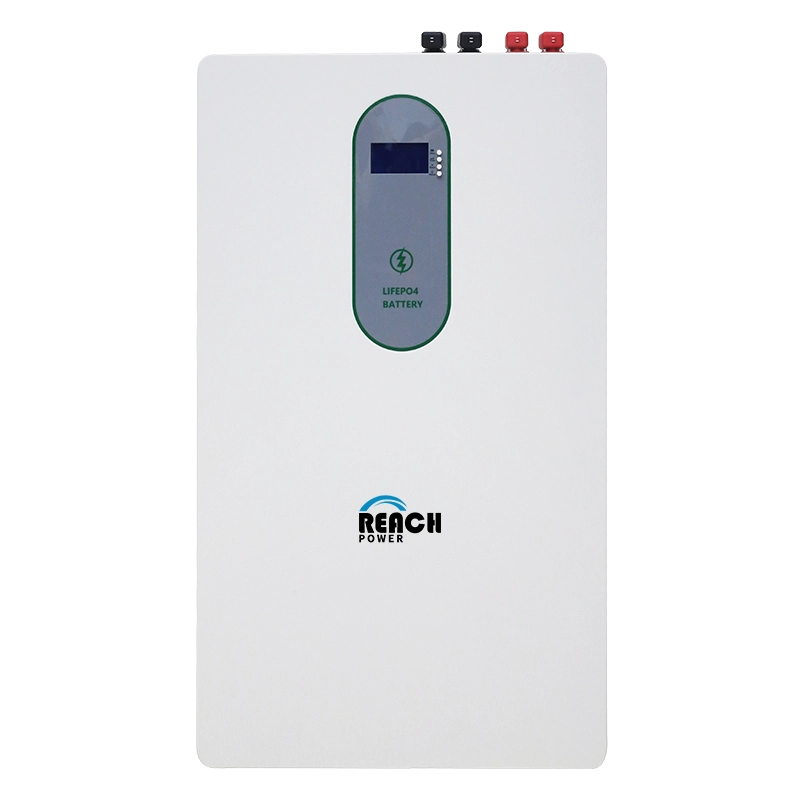Global Energy Storage Market Soars: Introduction
In recent years, the Global Energy Storage Market Soars, witnessing explosive growth. This trend is particularly evident in 2024, with a notable surge in demand for energy storage installations. According to BloombergNEF (BNEF), the market is set to expand significantly in 2025. New installed capacity is projected to reach 221 gigawatt-hours (GWh), marking a 36% year-on-year increase.
Renewable Energy Integration
The Global Energy Storage Market Soars primarily due to the need to integrate renewable energy sources into power grids on a large scale. The rapid development of wind and solar energy has emerged as a core driver of the energy storage market’s expansion. Data from the International Energy Agency (IEA) indicates that by 2025, renewable energy is expected to account for 35% of global electricity generation, with wind and solar power surpassing 20%.
Role of Energy Storage Systems
Energy storage systems have become an indispensable component of power infrastructure to mitigate uncertainties caused by natural conditions, ensure stable power system operation, and achieve efficient renewable energy utilization. These systems store excess electricity during periods of high renewable generation and release it when generation is insufficient. This plays a critical role in peak shaving and valley filling, enhancing the flexibility and reliability of power systems.
Future Outlook
A report by the International Renewable Energy Agency (IRENA) highlights that as renewable energy’s share in the energy mix continues to grow, the role of energy storage technologies in balancing supply and demand and improving grid resilience becomes increasingly vital. Over the next five years, energy storage installations are expected to maintain exponential growth.
Government Support
Governments worldwide have recognized the significance of the energy storage industry and have introduced supportive policies to foster its rapid development. The European Union’s “Green Deal” mandates that renewable energy account for 40% of energy consumption by 2030, accompanied by subsidies and market access mechanisms for energy storage. The United States offers tax credits and investment subsidies to encourage energy storage projects, with several states setting explicit procurement targets. In February, China released the “High-Quality Development Action Plan for the New Energy Storage Manufacturing Industry,” which aims to accelerate the iterative upgrades of mature technologies like lithium batteries, support disruptive technological innovation, and enhance high-end product supply capabilities. By 2025, new energy storage is expected to transition from the initial commercialization phase to large-scale development, meeting the conditions for extensive commercial application.
Conclusion
The global energy storage market is poised for significant growth as renewable energy integration accelerates. With strong government support and the increasing importance of energy storage technologies, the future of energy storage looks promising. Stay tuned for more updates on this rapidly evolving industry.






